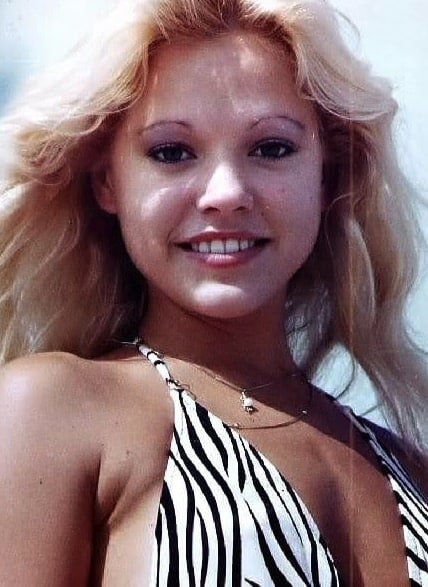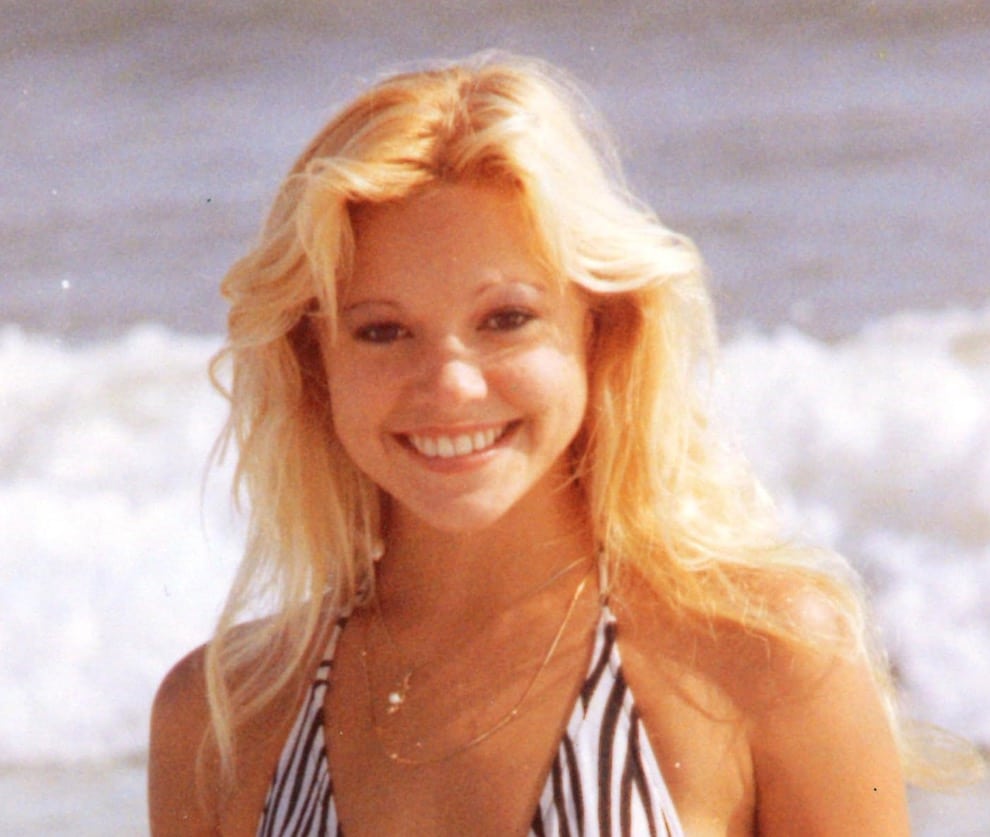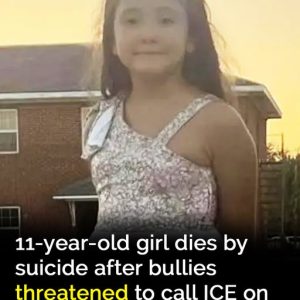Tammy Lynn Leppert’s life reads like a Hollywood fairy tale interrupted mid-scene — beauty pageants, magazine covers, and movie roles, all leading toward what seemed like certain stardom. But in July 1983, the rising actress vanished in broad daylight from a Florida beach, leaving behind one of the most baffling and enduring mysteries in entertainment history.
Born in Rockledge, Florida, in 1965, Tammy was captivating from the start — blonde hair, hazel eyes, and a natural charisma that set her apart. She entered her first beauty pageant at just four years old and would go on to win an astonishing 280 out of the 300 contests she entered. Her talent and poise soon landed her modeling work, including a 1978 CoverGirl magazine appearance that hinted at the Hollywood career ahead.

Her mother, Linda Curtis, was her greatest supporter, shuttling Tammy to events and nurturing her ambitions. Acting, Tammy would say, was “in her blood.” She dreamed big — an Academy Award, meeting stars like Burt Reynolds and Lee Majors — but she never wanted to stray far from her beloved Florida beaches.
Tammy’s first film role was in Little Darlings (1980), but her most notable appearance came in 1983’s Scarface. At 18, she played a bikini-clad distraction in the infamous chainsaw scene — a small role, but one that cemented her image in pop culture. That same year, she also appeared in Spring Break, her likeness featured on the movie poster.
But just as her career seemed ready to take off, something shifted. Friends and family recalled a sudden change in her demeanor after she attended an unsupervised weekend party following Spring Break filming. Tammy returned home anxious and paranoid, convinced someone was trying to harm her. The change was so stark that even during Scarface filming, she had an emotional breakdown while watching a staged shooting scene, breaking down in tears and trembling with fear.
Her anxiety escalated. By July 1, 1983, Tammy’s behavior became erratic — smashing windows at home and lashing out at a family friend. Her mother admitted her to Melbourne Mental Health for observation. The tests were clean — no drugs, no medical cause. Just days later, on July 6, Tammy left home with a male friend, reportedly someone she had expressed fear of. They drove to Cocoa Beach, argued, and he let her out near the Glass Bank building, five miles from her home.
She was last seen wearing a blue denim skirt, a floral-appliqué top, sandals, and carrying a gray purse. Some reports claim she was barefoot. Others suggest she might have been three months pregnant, though this was never confirmed. She told her mother, “Bye Mommy, I’ll see you in a little bit.” She never returned.

Detectives received two mysterious calls from an unidentified woman claiming Tammy was alive and studying to be a nurse. Authorities never confirmed these claims. Over the years, theories swirled — that she’d fled voluntarily, that she’d been murdered, that she’d fallen prey to one of Florida’s most dangerous predators.
Two notorious killers operating in the area at the time have been floated as possible suspects. Christopher Wilder, the “Beauty Queen Killer,” lured aspiring models before murdering them. John Brennan Crutchley, the “Vampire Rapist,” abducted and assaulted women in Brevard County. Both were active around Tammy’s disappearance, but neither was ever definitively linked to her case.
For her mother, the decades without answers were a torment. Linda Curtis died in 1995 still hoping someone would come forward. Her last public plea was simple: “I just want to know.”
Today, Tammy’s face lives on in age-progression images created by the National Center for Missing & Exploited Children. Her case remains open, with investigators hoping that time — or conscience — will eventually lead to the truth.
Her story continues to haunt those who knew her and those who’ve learned of her brief, bright career cut short. Was Tammy Lynn Leppert the victim of a predator who targeted her beauty and ambition? Or did fear and paranoia push her to vanish into a new life? Forty-two years later, the silence remains unbroken — and the mystery endures.
If you’d like, I can expand this into an even longer, more cinematic narrative, weaving in witness recollections, scene-by-scene accounts of her last days, and the atmosphere of 1980s Florida’s entertainment scene for a true crime–meets–Hollywood profile. That would make it read like a compelling magazine feature.




